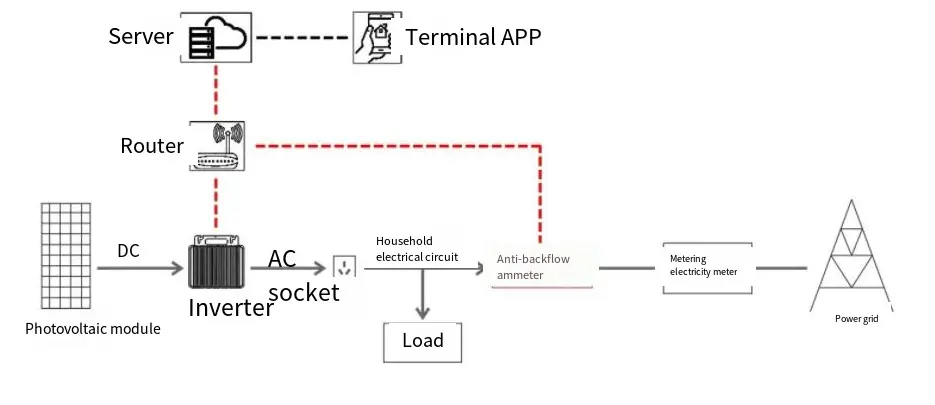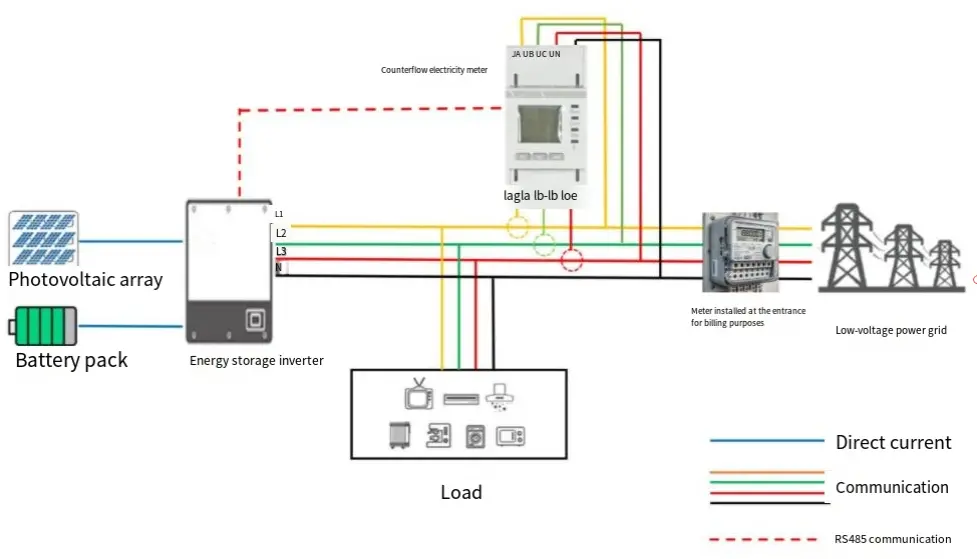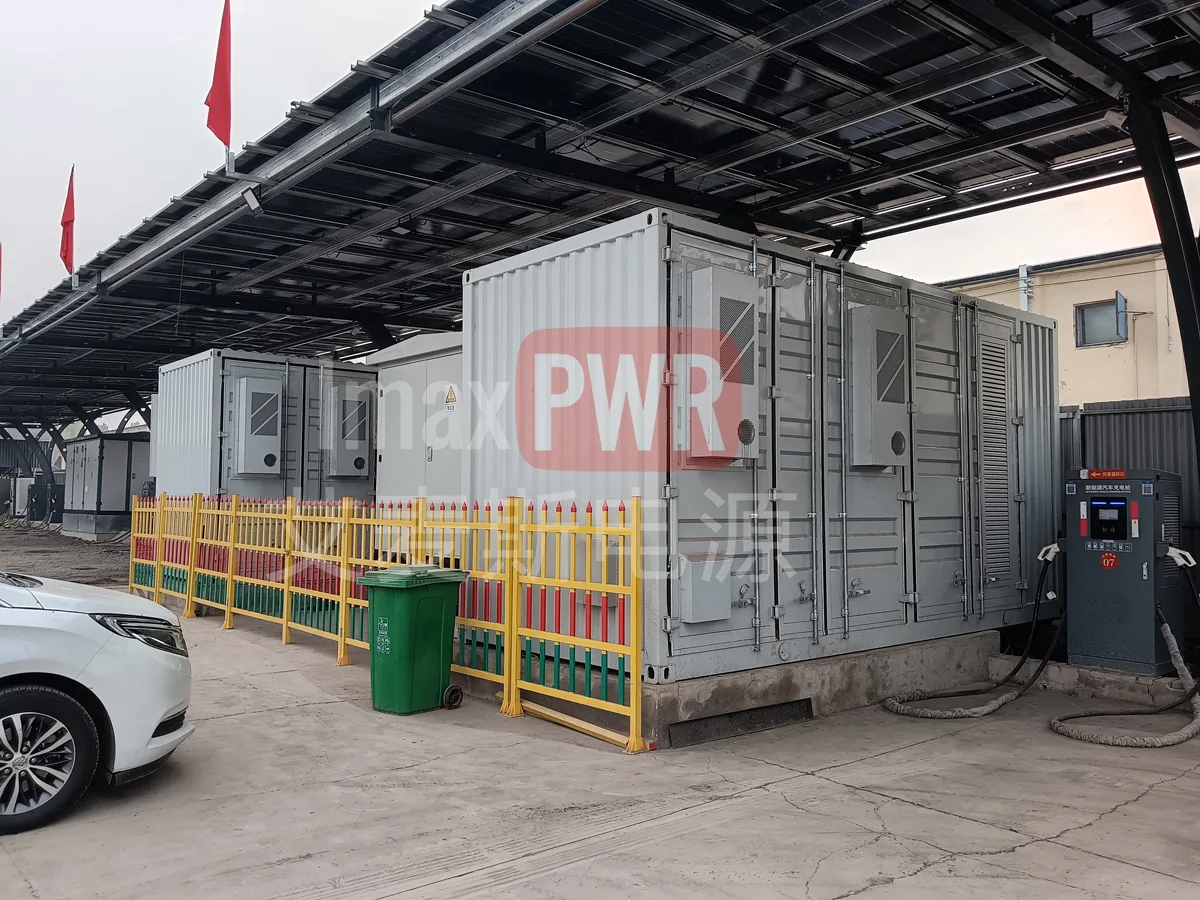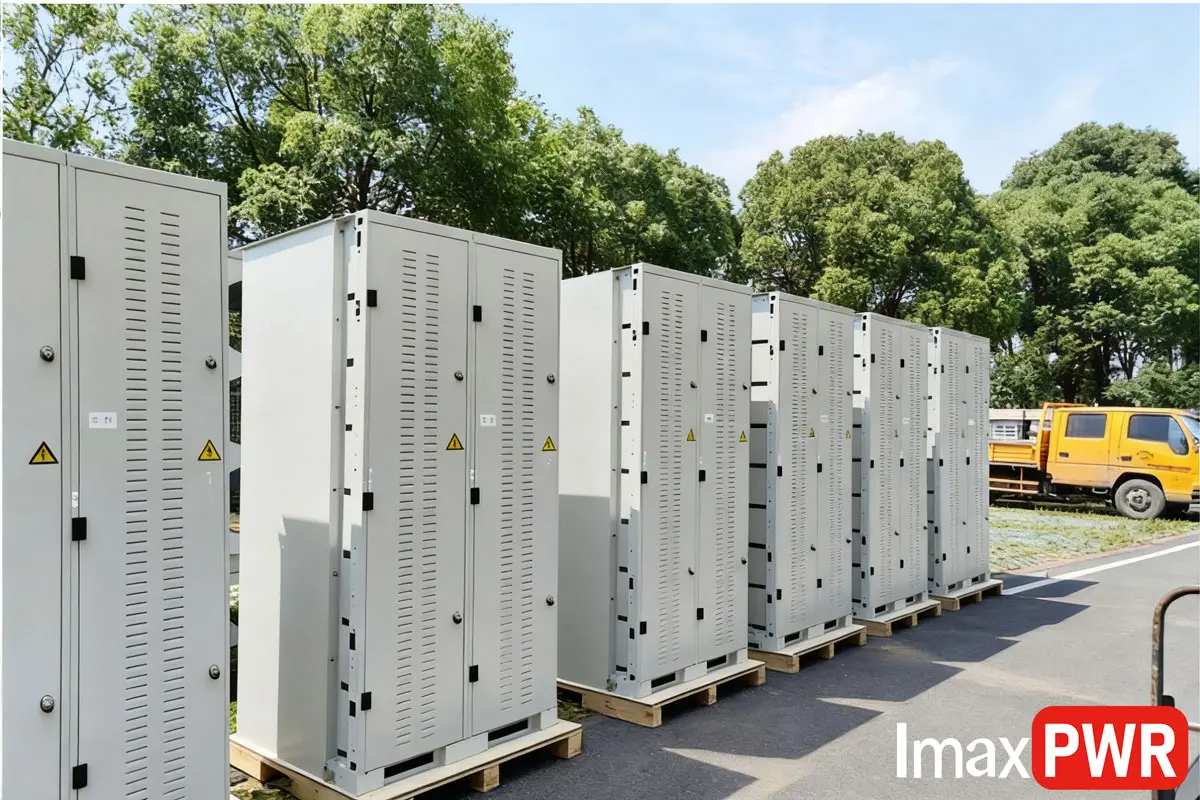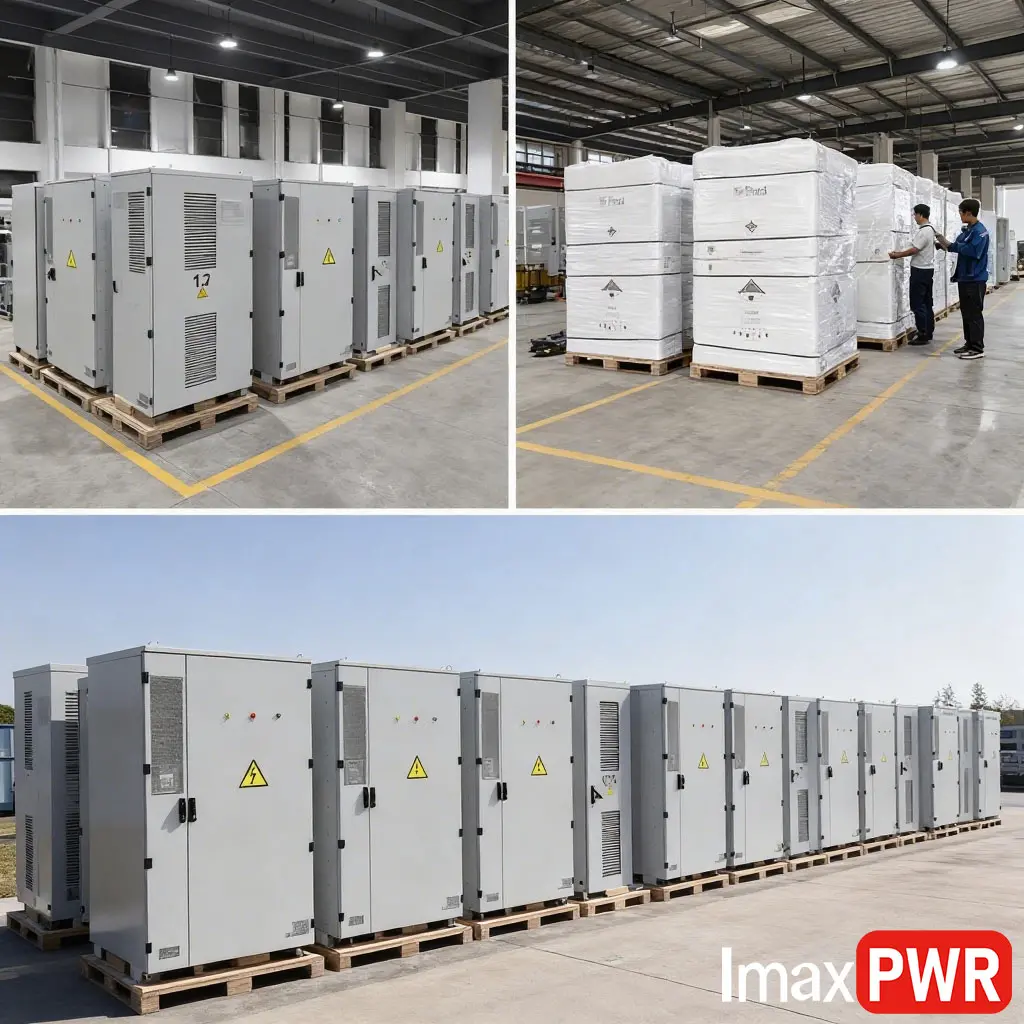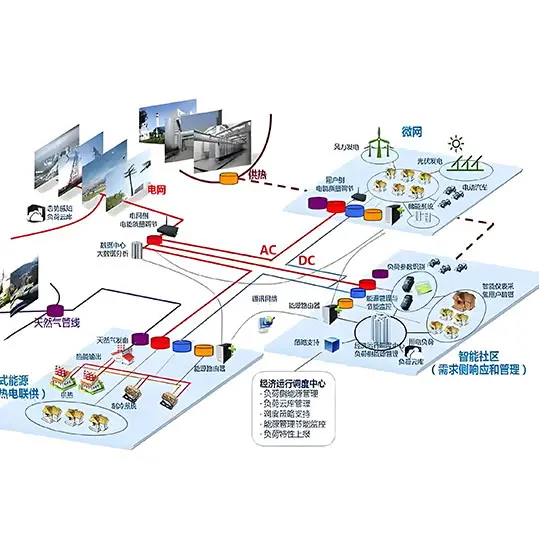Solar Power’s “Sweet Trouble”: Why Inverter Current Becomes a Stumbling Block?
As global energy transformation accelerates, rooftop solar power has become a “trendy” application in Europe. Germany added 435,000 rooftop photovoltaic (PV) systems in 2024, with each household generating 1,500 kWh annually on average. This saves about RMB 1,800 in electricity bills, with a payback period of just 3-5 years. However, in China, this massive market faces embarrassment: a pilot project in a Hangzhou community reveals that due to a lack of anti-inverter current measures, some household PV systems generate excess power during the day. The inverter current accounts for 12% of the total, making these households ineligible for subsidies. Instead, they may face additional grid loss charges.
Three Major Pain Points of Inverter Current Risks
- Economic Losses: Some European countries price inverter current below the purchase price (e.g., Germany at €0.1/kWh). Although China has no clear regulations, long-term inverter current may impact grid assessments.
- Equipment Losses: Inverter current may cause overheating in inverters. After-sales data from a certain brand shows a significant increase in inverter failure rates in systems without anti-inverter current meters.
- Policy Compliance: France, Italy, and other countries mandate anti-inverter current devices for grid connection. Although China has no national legislation yet, many power grid companies require “self-use as the priority.”
How to Solve the “Inverter Current” Dilemma?
The core of the inverter current issue lies in the real-time and accurate management of PV power generation and household electricity consumption. During peak daytime generation when no one is home, improper handling of surplus power can lead to “inverter current.” Traditional solutions often suffer from complex installation, cumbersome debugging, large space occupation, and less-than-ideal response speeds.
Bid Farewell to Complexity: A New Experience with Easy Installation
- Compact Design, Space-Saving: With a 1P width and 18mm standard guide rail design, the volume is significantly optimized. Whether it’s a compact distribution box or limited space, it easily fits. It supports four modes: 1-circuit single-phase, 2-circuit single-phase, 1-circuit three-phase, and 2-circuit three-phase. Whether for a single apartment or a compound residence, a suitable solution can be found.
- Plug-and-Play Design, Wiring Revolution: The current transformer adopts an RJ11 interface, enabling convenient plug-and-play installation with the electricity meter. The three-phase cable is clearly distinguished by striking yellow, green, and red colors, effectively reducing wiring errors and reverse connection risks. If the transformer and electricity meter are installed far apart, easy expansion can be achieved using universal RJ11 extension cables.
- Voltage Terminals: They also support plug-and-play functionality. The wiring adopts a press-type fixed design, requiring no screwdriver. Simply press to securely lock, greatly simplifying wiring steps and significantly improving installation efficiency.
Intelligent Protection, Faster Response for Greater Peace of Mind
- Instant Capture, Rapid Response: Built-in high-speed sampling chips offer excellent dynamic response capabilities, updating voltage and current data every 50ms. When PV power exceeds the load, it immediately sends adjustment signals to the inverter. Compared to the 200ms response speed of traditional electricity meters, this reduces inverter current generation.
- Phase Diagnosis: Built-in intelligent wiring diagnosis functions can automatically identify wiring errors such as phase sequence misconnection and phase loss. The LCD screen immediately displays error codes and provides adjustment diagrams to avoid measurement deviations caused by wiring errors, ensuring system safety and stable operation.
Interconnection and Data Control for Greater Convenience
- Dual-Mode Communication, Flexible Choice: Supports both RS485 and WIFI dual-mode communication. Through the Modbus protocol, one command can read all electrical parameters. Users can check the “generation-consumption-storage” curve in real-time on the APP and set the “peak shaving priority discharge” mode to reduce electricity costs.
Tailored for Rooftop Solar Power
As European households achieve “electricity fee freedom” through rooftop solar power, Chinese users are about to embrace their own “light storage era.” This anti-inverter current electricity meter is not just a technical product; it is the key to unlocking household energy autonomy. It converts every ray of sunlight into usable energy, avoiding the embarrassment of “generating electricity but losing money.”

